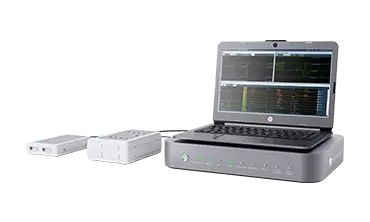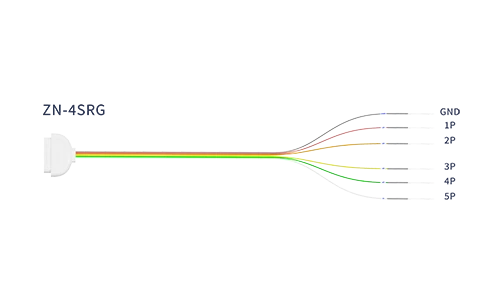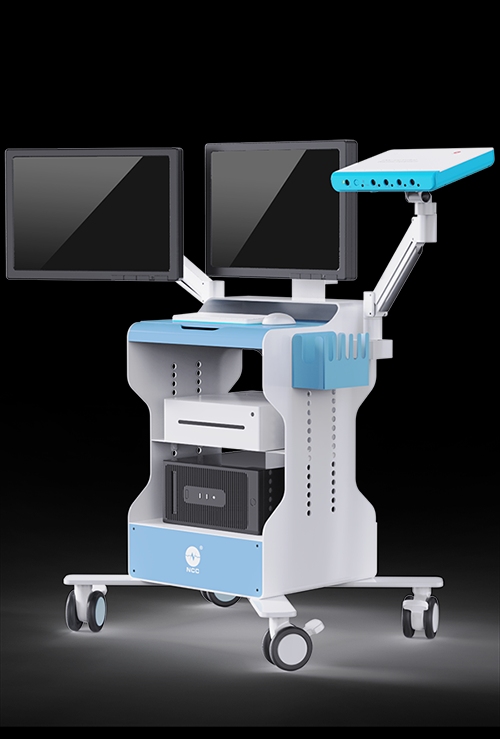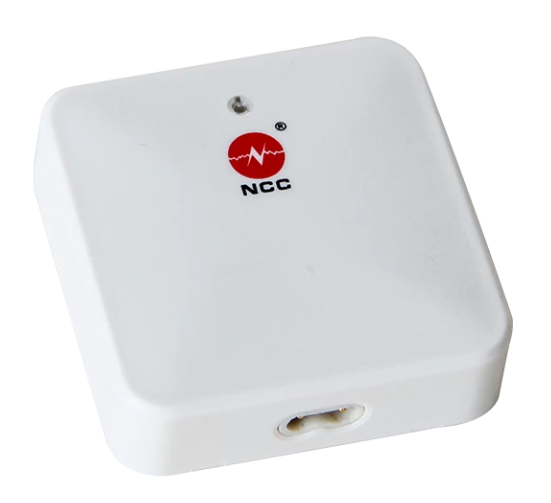Understanding IONM Systems: The Role They Play in Modern Neurosurgery
In the world of modern neurosurgery, precision and patient safety are paramount. Surgeons, whether operating on the brain, spine, or peripheral nerves, face unique challenges due to the intricate and delicate nature of the nervous system. This is where Intraoperative Neuromonitoring (IONM) systems come into play.
IONM is a powerful tool that allows real-time monitoring of a patient’s neurological function during surgery, providing valuable data to help surgeons avoid accidental damage to critical structures. In this article, we’ll explore what IONM systems are, how they work, and why they’ve become indispensable in modern neurosurgical procedures.
What is Intraoperative Neuromonitoring (IONM)?
Intraoperative Neuromonitoring (IONM) is a technique used to assess the functional integrity of the nervous system during surgery. It involves the continuous monitoring of electrical signals within the nervous system—specifically, the brain, spinal cord, and nerves—while a patient is undergoing surgery.
The primary purpose of IONM is to provide immediate feedback on the status of neurological pathways during a procedure. By detecting potential issues, such as changes in nerve activity or blood flow, the system allows the surgical team to make informed decisions, potentially avoiding irreversible damage to the nervous system.
How Do IONM Systems Work?
IONM systems work by delivering controlled electrical impulses to specific nerves or areas of the nervous system and measuring the responses. These responses, called evoked potentials, are recorded in real time and interpreted by trained technicians and the surgical team.
There are several types of monitoring that may be used, depending on the surgical procedure:
Somatosensory Evoked Potentials (SSEPs): These measure the electrical activity in the brain in response to stimuli delivered to sensory nerves, helping surgeons monitor sensory pathways in the spinal cord or brain.
Motor Evoked Potentials (MEPs): MEPs monitor the electrical activity of muscles after direct stimulation of the motor pathways, aiding in the assessment of motor function.
Electromyography (EMG): EMG monitors muscle activity to detect the presence of nerve damage or irritation during surgery, particularly in spinal or peripheral nerve operations.
Free-Running EMG: This involves continuous monitoring of the muscles to detect unwanted electrical activity, which can indicate nerve injury or compression.
Each of these monitoring techniques provides different insights into the nervous system's condition, and the data is transmitted to a monitor where the surgical team can interpret the results in real time.
Why Are IONM Systems Important in Neurosurgery?
1. Real-Time Data for Decision-Making
One of the most critical advantages of IONM systems is their ability to provide real-time feedback. Surgeons rely on this data to make quick decisions during the procedure. For example, if a particular nerve or pathway shows signs of distress, the surgical team can adjust their technique or approach to reduce the risk of permanent damage. This immediate response capability is crucial when operating on highly sensitive areas such as the brain or spine.
2. Prevention of Neurological Injury
A significant benefit of using IONM systems in surgery is the prevention of neurological injury. Nerve damage, whether from direct trauma or from ischemia (lack of blood flow), is one of the most devastating consequences of surgery. IONM provides early warning signs of impending damage, allowing the surgical team to intervene promptly. By detecting changes in nerve activity, the team can modify their approach, avoid critical structures, or adjust surgical instruments to minimize damage.
For example, in spine surgery, IONM can help identify potential damage to the spinal cord or nerves, which, if left undetected, could result in long-term paralysis or loss of motor function.
3. Enhancing Surgical Accuracy
In neurosurgery, precision is key, and even minor deviations can have significant consequences. IONM enhances surgical accuracy by providing live updates on the status of critical nerves and pathways. Whether it's a brain tumor resection, spinal fusion, or peripheral nerve decompression, IONM allows the surgeon to perform the procedure with a higher level of confidence, knowing that the nervous system’s condition is being monitored in real time.
4. Better Outcomes and Shorter Recovery Times
Because IONM systems help to prevent damage to critical nerves, patients experience better surgical outcomes. When the surgical team is able to address potential issues as they arise, the risk of complications such as nerve damage, paralysis, or sensory loss is significantly reduced. This ultimately leads to shorter recovery times, less postoperative pain, and a quicker return to normal function for patients.

Applications of IONM Systems in Neurosurgery
IONM systems are utilized across various types of surgeries, particularly those involving the brain, spine, and peripheral nerves. Some of the most common applications include:
1. Spine Surgery
Spinal surgery, whether for decompression, fusion, or tumor removal, often involves close proximity to the spinal cord and spinal nerves. IONM systems provide crucial data that helps ensure that these vital structures are not damaged during the procedure. Motor and sensory pathways are continuously monitored, reducing the risk of post-surgical paralysis or weakness.
2. Brain Surgery
In brain surgery, especially when operating near critical areas like the motor cortex or speech areas, IONM plays a significant role in safeguarding neurological function. By tracking changes in brain function, surgeons can avoid damaging these delicate areas while still removing tumors or correcting abnormalities.
3. Peripheral Nerve Surgery
IONM is also employed in surgeries involving peripheral nerves, such as carpal tunnel release, nerve repair, or nerve grafts. Continuous monitoring of these nerves allows the surgical team to identify any signs of nerve damage and take immediate corrective action, improving the chances of a successful outcome.
The Future of IONM in Neurosurgery
As technology continues to evolve, IONM systems are becoming even more advanced. Newer systems integrate artificial intelligence (AI) and machine learning algorithms, which allow for more precise interpretation of data and predictive analysis. These advancements will continue to improve the effectiveness of IONM systems, making them an even more integral part of neurosurgical procedures.
The development of non-invasive monitoring methods, such as wearable sensors, could also bring IONM systems into the realm of outpatient or minimally invasive procedures, expanding their applications even further.
Conclusion
Intraoperative Neuromonitoring (IONM) systems have revolutionized the field of neurosurgery by providing real-time monitoring and early detection of potential nerve damage during surgical procedures. With their ability to enhance patient safety, improve surgical outcomes, and reduce recovery times, IONM systems are indispensable tools for modern neurosurgeons.
By integrating these systems into surgical practice, medical teams can optimize precision, minimize risks, and deliver better outcomes for patients. As technology continues to advance, IONM will likely become an even more powerful tool, further transforming the way neurosurgery is performed and ensuring that patients receive the safest care possible.

 中文
中文 Arabic
Arabic Spanish
Spanish Hindi
Hindi French
French Indonesian
Indonesian Portuguese
Portuguese Persian
Persian Russian
Russian Korean
Korean German
German Vietnamese
Vietnamese Turkish
Turkish



